
The golden triangle of Odisha is widely known for its majestic Kalinga temples. The temples of Odisha are amongst the finest specimens of religious art and architecture in India. However,very few know that Odisha is blessed with yet another heritage triangle, the diamond triangle, an incredible Buddhist cluster from the time of the Mauryas in the 3rd century BCE. The Buddhist civilisation of Odisha continued to flourish even after Buddhism had declined in the rest of India.
It may be mentioned here that Buddha Purnima, a festival commemorating the birth of Prince Siddhartha Gautama, is popular at weaving clusters of Maniabandha and Nuapatna villages in the Cuttack District as these weavers here are the only traditional Buddhists left in India. This year Buddha Purnima was celebrated on 26th May.
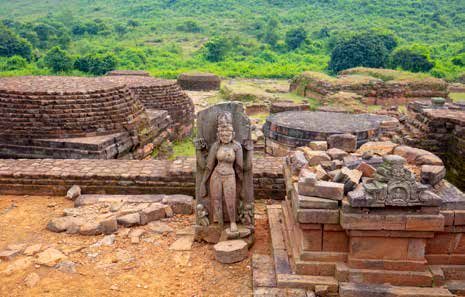
The diamond triangle of Odisha consists of three clusters of hills in Jajpur and Kendrapada Districts, namely Ratnagiri, Lalitgiriand Udayagiri. They are located at a distance of 90 km from Bhubaneswar.Until the 1950s, not much was known about the Buddhist heritage of these hills. However, 4 years of intense archaeological excavations in the 1950s opened up an incredible treasure of Buddhist stupas, deities and monasteries at Ratnagiri, followed by similar discoveries through excavations at Lalitgiri and Udayagiri by the Archaeological Survey of India.
Ratnagiri, a Mahayana Buddhist site was a celebrated centre for learning philosophy and theology. The monasteries at Ratnagiri is the biggest among all historical monasteries of India (in the 1st millennium CE) filled with double storied monastic cells, a central shrine, numerous deities of Mahayana and Vajrayana pantheons and a chlorite schist gateway, an architectural splendour. Carved with minute details depicting various human characters the gateway is a visual treat to theeyes. Ratnagiri is also the site where found a staggering of red bricks, the Buddhist temple from the Hinayana Period.
The Buddhist trail in Odisha is incomplete without visiting the rock-cut elephant at Dhauli, close to Bhubaneswar and the famous battle site of Kalinga. Located on the bank of River Daya, the forepart of the elephant is carved out of a living rock above the edicts of Emperor Ashoka. It is one of the earliest specimens of Buddhist art symbolizing Lord Buddha’s birth from the womb of his mother.

number of votive stupas, which were offered to dead theras and the resident monks after their death. The large concentration of votive stupas at Ratnagiri rank next to Bodhgaya, the holiest Buddhist site in the world. Ratnagiri also has a site museum exhibiting the archaeological remains of the hill. Udayagiri is the largest Buddhist site in the triangle overlooking a river of Brahmani Chitrotpala river delta in coastal Odisha. Excavations at the foothill of the Assia range have unearthed a treasure of Vajrayana deities, two large monasteries, an apsidal temple and the only of its kind Vajrayana stupa. The location of Udayagiri is dramatic set against the backdrop of a honeycombed mountain. The entire area is filled with isolated remains of Buddhist relics in the form of monastic ruin, sculptures and caves.
Lalitgiri is the oldest site in the triangle and has flourished for the longest duration. On the top of Lalitgiri Hill is located the excavated remains of the maha stupa. From here one can have a sweeping view of the countryside and transported back to an era of intense Buddhist civilisation. The maha stupa of Lalitgiri has a prized distinction in the entire Buddhist world. In the late 1980s when excavation was carried out here, archaeologists discovered a relic casket of Lord Buddha, the only of its kind in Odisha and the eastern coast of India. It is now being displayed at the site museum. Another attraction of Lalitgiri is the apsidal chaitagriha made.

Of late the excavations at Langudi Hill near the diamond triangle have unfolded various mysteries. Panels of stupas and rock-cut Buddhist deities from the Mahayana and Vajrayana Period and a stupa from the period of Emperor Ashoka are the major attraction at Langudi Hill. An inscription found at Langudi suggests that the site was an important established at the time of Ashoka. Archaeologists working on Buddhist sites of Odisha have speculated that the Langudi along with Ratnagiri, Udayagiri and Lalitgiri once constituted a major university in the lines of Taxila and Nalanda. The university was known as Puspagiri and it was referred to by the Chinese monk pilgrim, Huen Tsang in the 7th century CE.
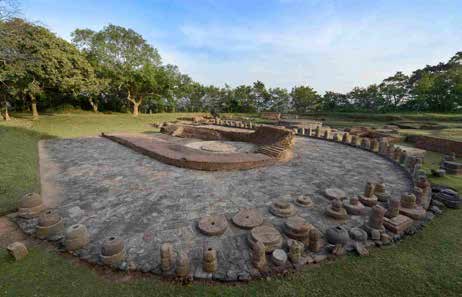
The Buddhist heritage of Odisha is unparalleled in entire India mainly because of its architectural diversity. One also finds here all branches of Buddhism, the Hinayana, the Mahayana and the Vajrayana. It is believed that Vajrayana Buddhism was founded here by King Indrabhuti, which later spread to Tibet.For a traveller having an interest in heritage, Odisha undoubtedly forms a kaleidoscope of Buddhist architectural odyssey.

By JITU MISHRA

The soul food of Odisha
19 Mar 2024
CHILIKA ODYSSEY : EXPLORING THE RICH AVIAN ...
14 Feb 2024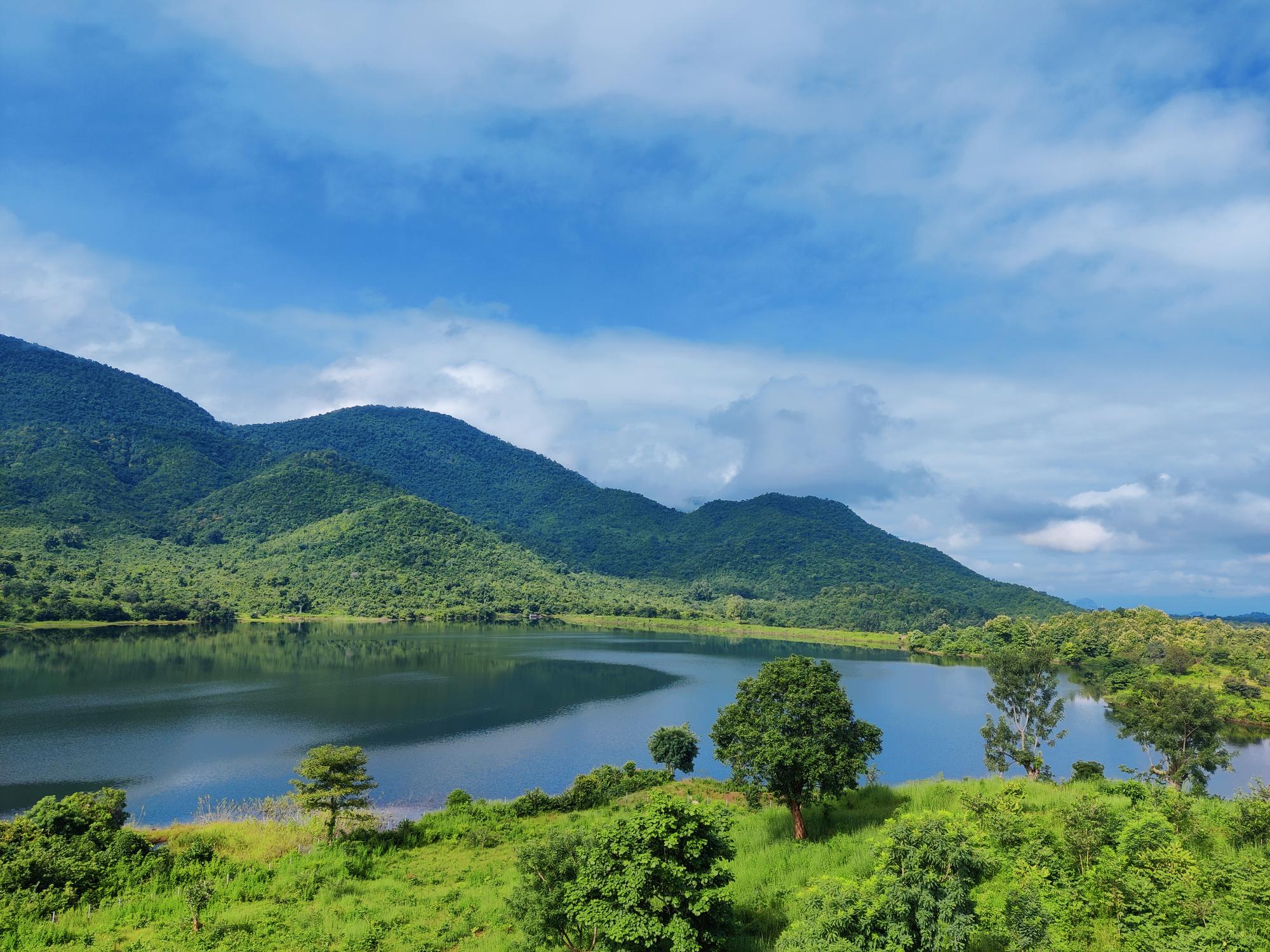
RABANDHARA ECO TOURISM
08 May 2023
Filming vivid colours of Bhubaneswar with ...
13 Apr 2023
Spellbound Odisha a picture perfect ...
03 Feb 2023
Satkosia a Nature’s Treasure Trove
03 Feb 2023
Odisha Wildlife in 4K
02 Jan 2023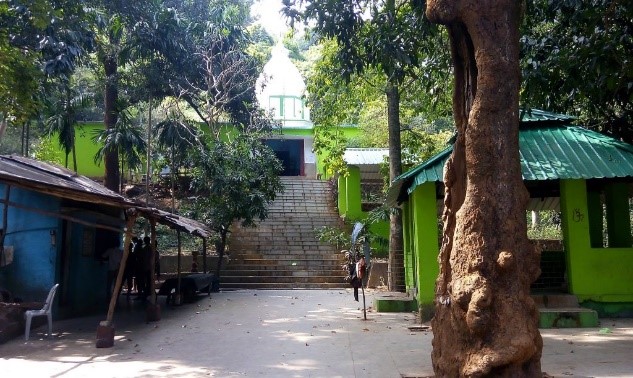
SAPTASAJYA-A Heavenly Tourist Destination
10 Oct 2022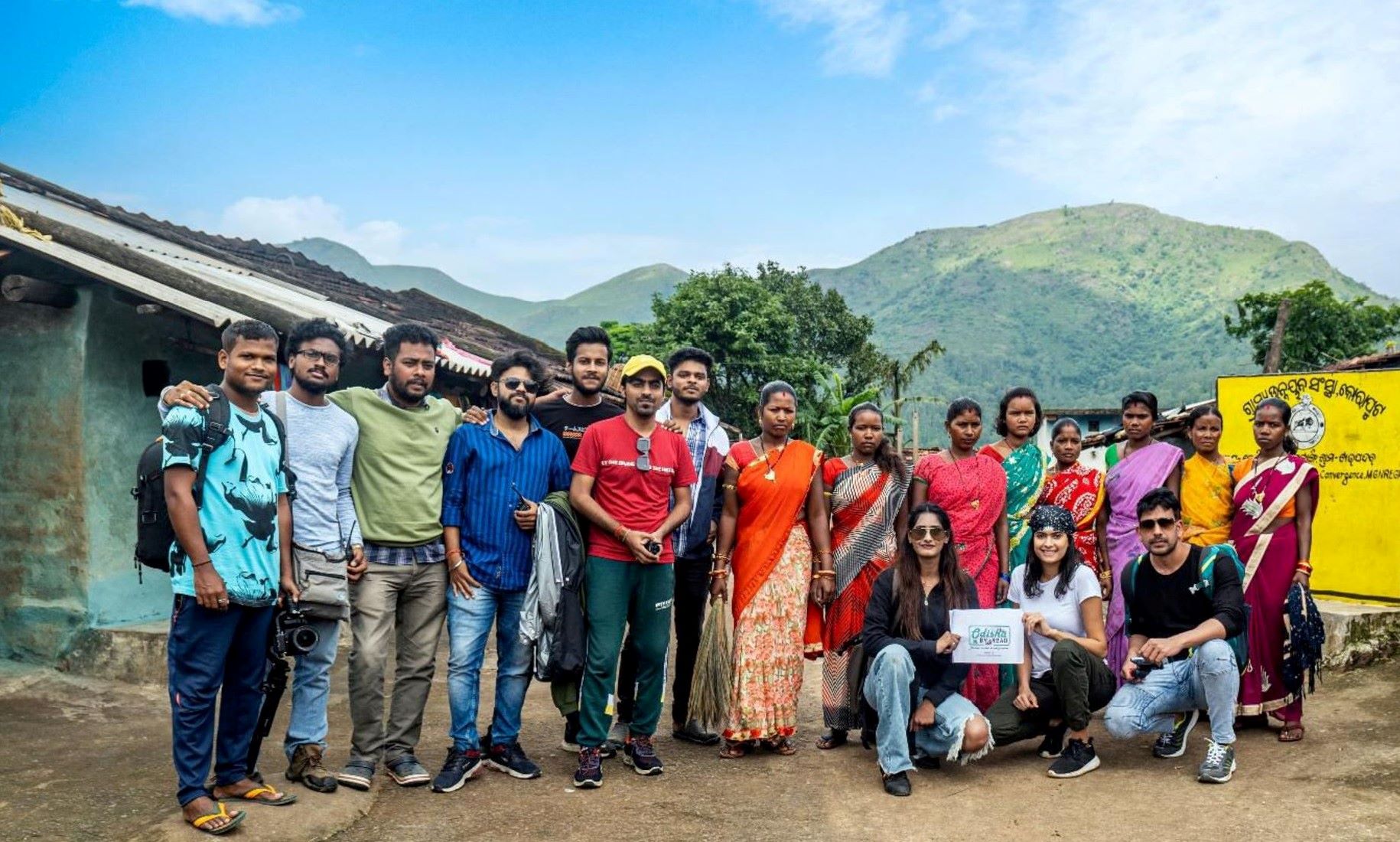
ODISHA BY ROAD 3.0-BEHIND THE SCENES
10 Oct 2022
My experiences on World Tourism Day
10 Oct 2022
Comments